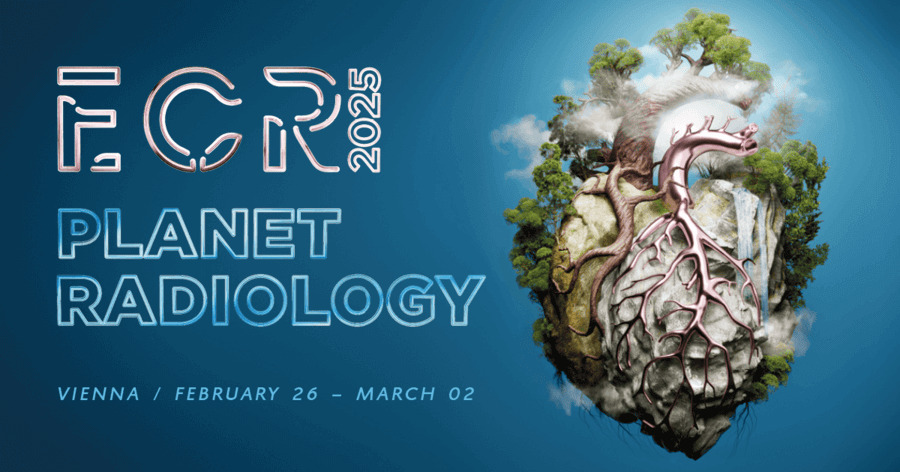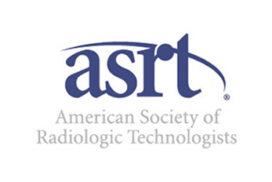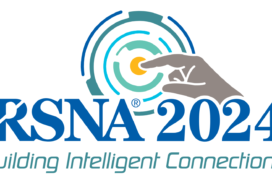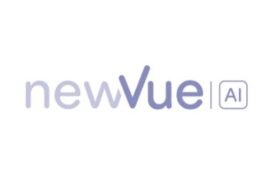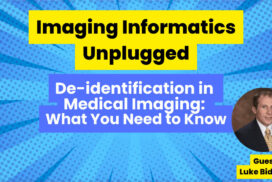Vega Imaging Informatics was grateful for the opportunity to attend the European Congress of Radiology 2025 (#ECR25) in Vienna, Austria from February 26th to March 2nd. Our Manager of Imaging Data Services, Christopher Ferguson, sincerely enjoyed meeting with valued customers, prospective partners, and experts in the radiology field. This year’s conference theme, Planet Radiology, focused on science, sustainability, and society, exploring the ways in which radiology can be advanced, including reducing its environmental impact and increasing worldwide accessibility.
Below, Chris shares more about his experience in an interview with Chief Development Officer, Jessica Bideaux:
Jessica Bideaux (JB): What were the top trends discussed at #ECR25?
Christopher Ferguson (CF): I might be biased, as I was steered towards the topics at ECR that interested me the most. The top trends discussed included Artificial Intelligence (AI) in radiology, and its integration, advanced imaging techniques, personalized medicine, radiomics and big data, telemedicine and remote radiology, interventional radiology advances, sustainability in radiology, and regulatory and ethical considerations.
JB: Can you share your thoughts on the #ECR25 theme, “Planet Radiology”?
CF: The theme of ECR,‘Planet Radiology,’ centered on radiology’s impact on the environment. There were multiple discussions about how radiology, in general, can be more environmentally conscious and ways to improve its sustainability. These conversations included radiology practices in both developed and developing countries, focusing on the obstacles faced in implementing more environmentally friendly solutions to the waste generated.
JB: Did anything stand out for you at #ECR25, in terms of new technologies?
CF: There were many new innovations displayed at ECR, mostly focusing on applications. Notably, advancements in how AI is being utilized for image analysis, diagnosis support, and workflow optimization were highlighted. From a hardware perspective, it was intriguing to see how these innovations are being received and utilized in practice. An example of this is Photon Counting CT (PCCT), which is relatively new, in that these scanners are now becoming more readily available on the commercial market. Conversations during the event revolved around whether smaller non-academic hospitals would integrate PCCT based on considerations of cost and utility, when compared to Dual Energy CT.
JB: Can you share your overall thoughts on #ECR25?
CF: Overall, the conference was a truly great experience. It was a whirlwind of intriguing innovations, along with lectures that facilitated intellectual debate on the future of radiology. It is always a pleasure to meet experts in the field of radiology, and to have the opportunity to ask questions of the top minds in our field.

